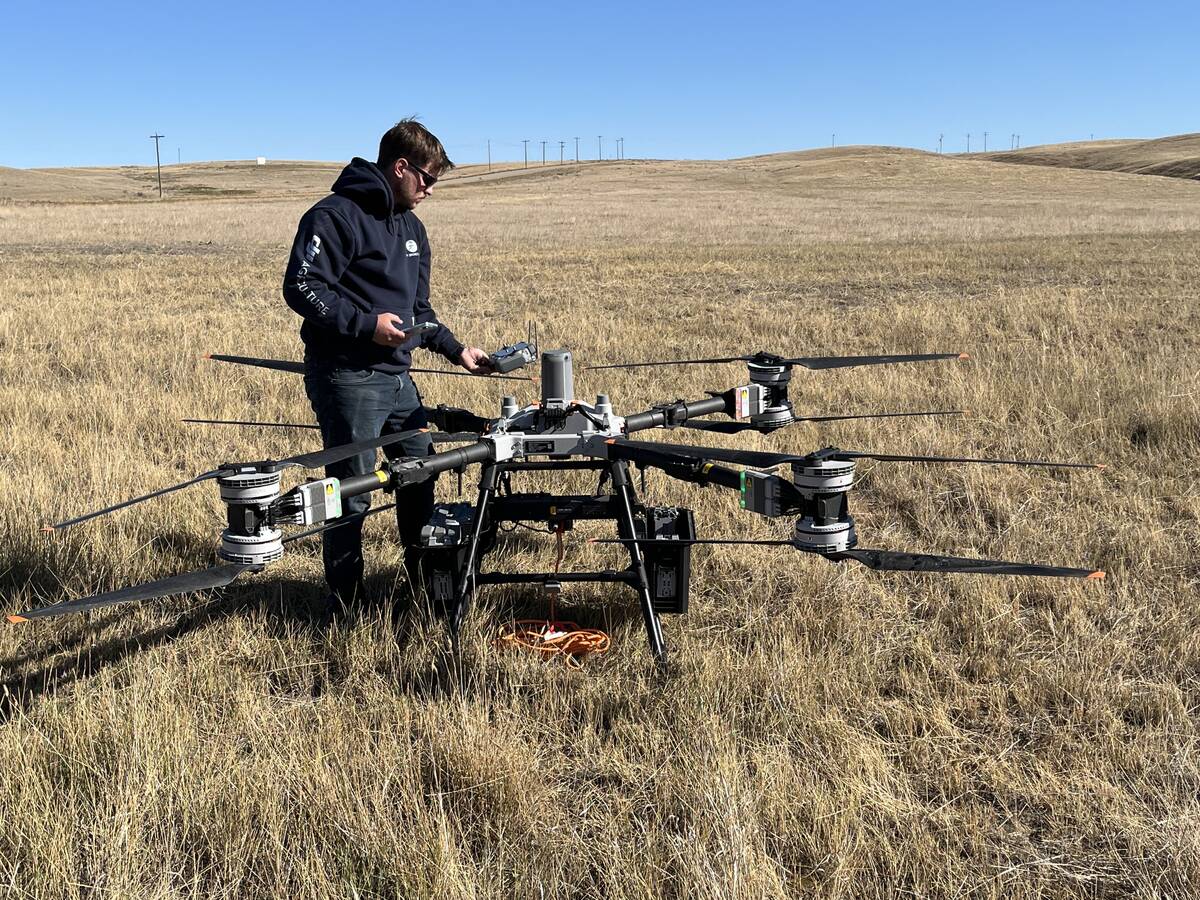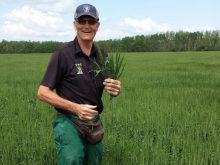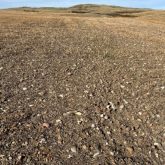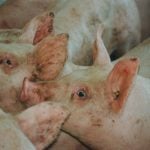“Seeing is believing” is a common cliché applicable to the adoption of technology in agriculture.
Adoption rates of autosteer, sectional control and weigh cells in grain carts and air-seeder tanks are incredible. Auto guidance adoption, for example, was well above 50 per cent in the U.S. as of 2019 (McFadden et al., 2023). Nowadays, it is unusual to see crop rows that aren’t perfectly straight.
Crop lodging on headlands due to double rates of seed and fertilizer is becoming a thing of the past. The “final pass” with no seed or fertilizer applied due to an unknowingly empty tank is less common.
Read Also

Farm-facing drone does the heavy lifting
Canadian distributor DJI Agriculture unveils its AGRAS T100 drone to western Canada’s producers for greater efficiencies in spraying and granular spreading in fields.
There is one commonality among most of these technologies — you can easily direct results and calculate their economic impact on the farm.
Precision ag technology to guide variable rate (VR) nutrients, though steadily climbing, has not had the same adoption rate. Recent surveys in Western Canada have put VR nutrient management in wheat and canola near 15 per cent adoption. In the U.S. it is slightly higher, with adoption rates as high as 40 per cent in corn, with other crops lagging, and significant variation by state.
Most surveys cite expense and data management as key reasons for lack of adoption, but really it comes down to poor understanding about the return on investment of VR fertility due to complexity. Every field is different. Every farm is different. Every region is different. VR benefits cannot be generalized, other than to say the goal is better return on investment of applied inputs. Perhaps most of all, VR benefits are often not easy to see, nor does it make logistics easier.
It is commonly said that there needs to be at least a 15 per cent difference in yield to visibly see the difference in the crop, but even a five per cent increase in yield can have a large effect on profitability. You just don’t “see” it unless you conduct a replicated trial and measure differences. Even then, what you see are just numbers on paper or a computer screen that don’t evoke the emotion of a strip of missing crop due to malfunctioned GPS.
Crop nutrition is complex, driven by multiple nutrient interactions, crop species, weather variability, soil types and other factors. A successful variable rate strategy is not as easy as saying, “Put more nitrogen here, and less there,” because other nutrients such as phosphate, potassium or even micronutrients all affect nitrogen use efficiency and can be more limiting than nitrogen. We need to look at the whole system and consider any factor as being potentially yield-limiting.
There are also long-term implications for fertility decisions. Highly responsive soils may take several years to build soil nutrition to non-limiting levels and increase yields, as evidenced by a recent study near Brandon, Man., by Agritruth Research. In this 10-year trial, the data suggests that higher rates of N and P with a positive N and P balance over the rotation eventually overcame limited soil N and P supply, resulting in higher yields. But it took several years to see it.
This situation is not as unusual as one would think. Our SWAT MAPS agronomy team has seen yield limitations from P, K, S, Zn, Cu, acidic soil and salinity in specific areas of fields in Western Canada. Many are not easily corrected in just one or two years. Variable rate fertilizer is simply not the type of technology to always give instant visual gratification like so many other technologies we use. But it can provide methodical, 4R, science-based gains that over time provide significant cumulative value to the farm. Perhaps as an industry we just need to do a better job of measuring and communicating that value.
The elephant in the room is logistical capability. What a farm should do versus what it can do are often two different things, and in most cases involves a compromise of optimum applied rates of each nutrient. In fact, to quote Jonathan Zettler, a trusted SWAT MAPS service provider based in Ontario, “optimum rate” should be the term rather than “variable rate.”
Nothing says that every crop input should be applied with variable rates. It’s simply a tool to achieve a better return on investment when it makes sense to do so. Optimizing rates of every single nutrient is a logistical challenge for many farms.
Technology that immediately makes tasks easier and has easily visible results will always have high adoption rates. But many management decisions have long-term benefits and very strong returns. It can just take a little more trust and patience in the process.
Further reading
10 years of reduced versus enhanced rates of N and P fertilizer. CLICK HERE.
Jonathan McFadden, Eric Njuki, and Terry Griffin. February 2023. Precision Agriculture in the Digital Era: Recent Adoption on U.S. Farms, EIB-248, U.S. Department of Agriculture, Economic Research Service. CLICK HERE.
Adoption of precision agriculture to reduce inputs, enhance sustainability and increase food production: A study of southern Alberta, Canada. 217. 327-336. 10.2495/SDP180301. CLICK HERE.
Which of your customers were early adopters of precision technology? CLICK HERE.















